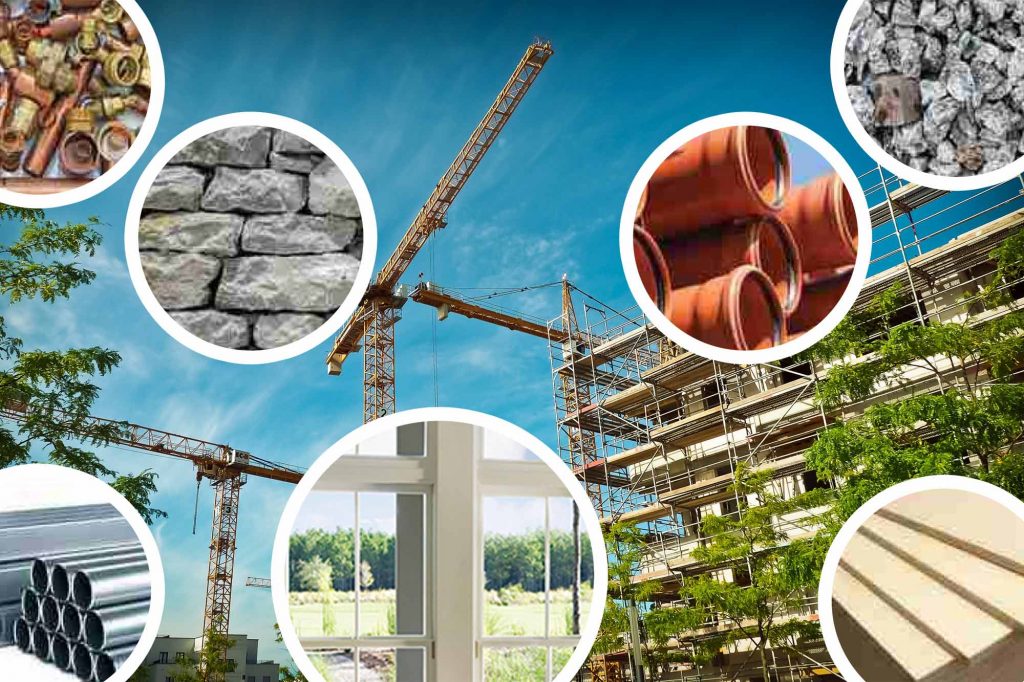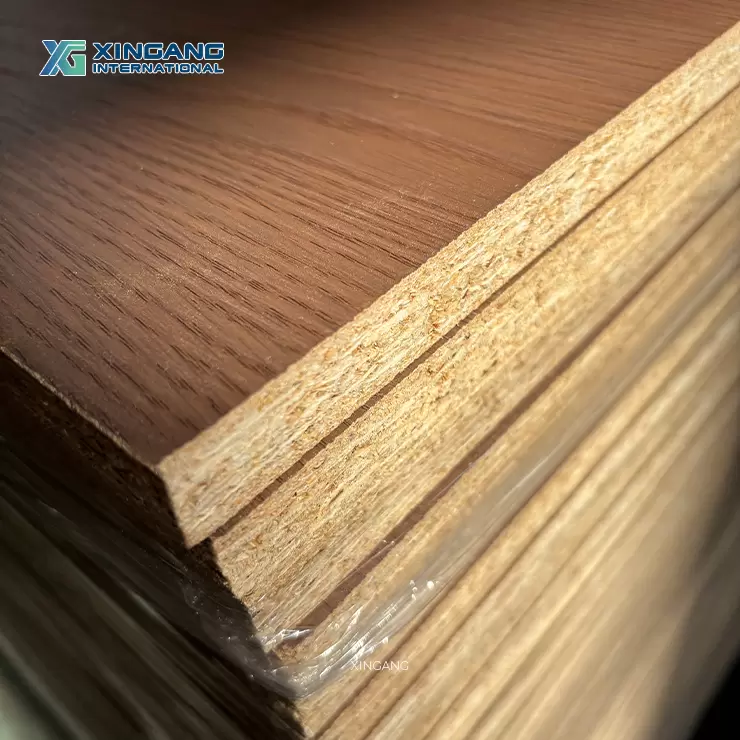Unveiling the Hidden Disadvantages of Wood: A Comprehensive Analysis

Wood has been a fundamental material used by humans for centuries, serving various purposes ranging from construction to furniture manufacturing. However, despite its widespread popularity, wood is not without its drawbacks. In this blog post, we will delve into the disadvantages of wood, shedding light on its limitations and exploring alternative solutions.
- Vulnerability to Moisture and Decay:
Wood is highly susceptible to moisture, which can lead to decay, warping, and rotting. This disadvantage poses a significant challenge in environments with high humidity or frequent exposure to water. Additionally, wood can be a breeding ground for fungi, insects, and termites, further compromising its structural integrity. - Fire Hazard:
One of the most significant disadvantages of wood is its flammability. In the event of a fire, wood can ignite easily, contributing to the rapid spread of flames. This poses a significant risk to both residential and commercial structures, emphasizing the need for fire-resistant alternatives in certain applications. - Limited Durability:
Compared to other materials like steel or concrete, wood has a relatively shorter lifespan. It is prone to wear and tear, requiring regular maintenance and replacement. Factors such as weather conditions, exposure to sunlight, and physical stress can accelerate the deterioration process, making wood less suitable for long-term applications. - Environmental Impact:
While wood is a renewable resource, its production and processing can have adverse environmental effects. Deforestation, the primary source of wood, contributes to habitat destruction and loss of biodiversity. Moreover, the use of chemicals in wood preservation treatments can contaminate soil and water, posing risks to ecosystems and human health. - Limited Design Flexibility:
Wood's natural characteristics, such as grain patterns and knots, can limit its design flexibility. Achieving complex shapes or intricate details may require additional processing, increasing costs and potentially compromising the structural integrity. This drawback makes wood less suitable for modern architectural designs that demand innovative and unconventional forms.
Conclusion:
While wood has been a staple material in various industries, it is crucial to acknowledge its disadvantages. The vulnerability to moisture and decay, fire hazard, limited durability, environmental impact, and limited design flexibility are factors that need to be considered when choosing materials for specific applications. By understanding these drawbacks, we can explore alternative materials and technologies that offer improved performance, sustainability, and safety. It is essential to strike a balance between tradition and innovation to meet the evolving needs of our society while minimizing the negative impact on our environment.


